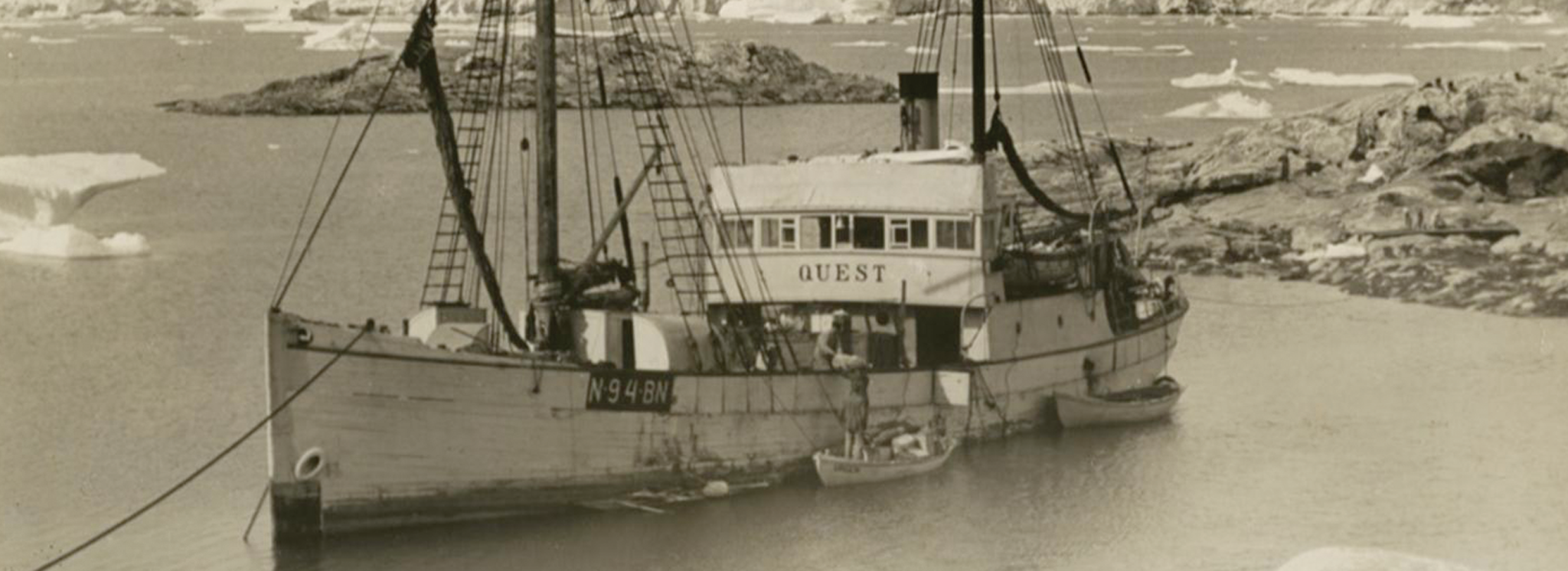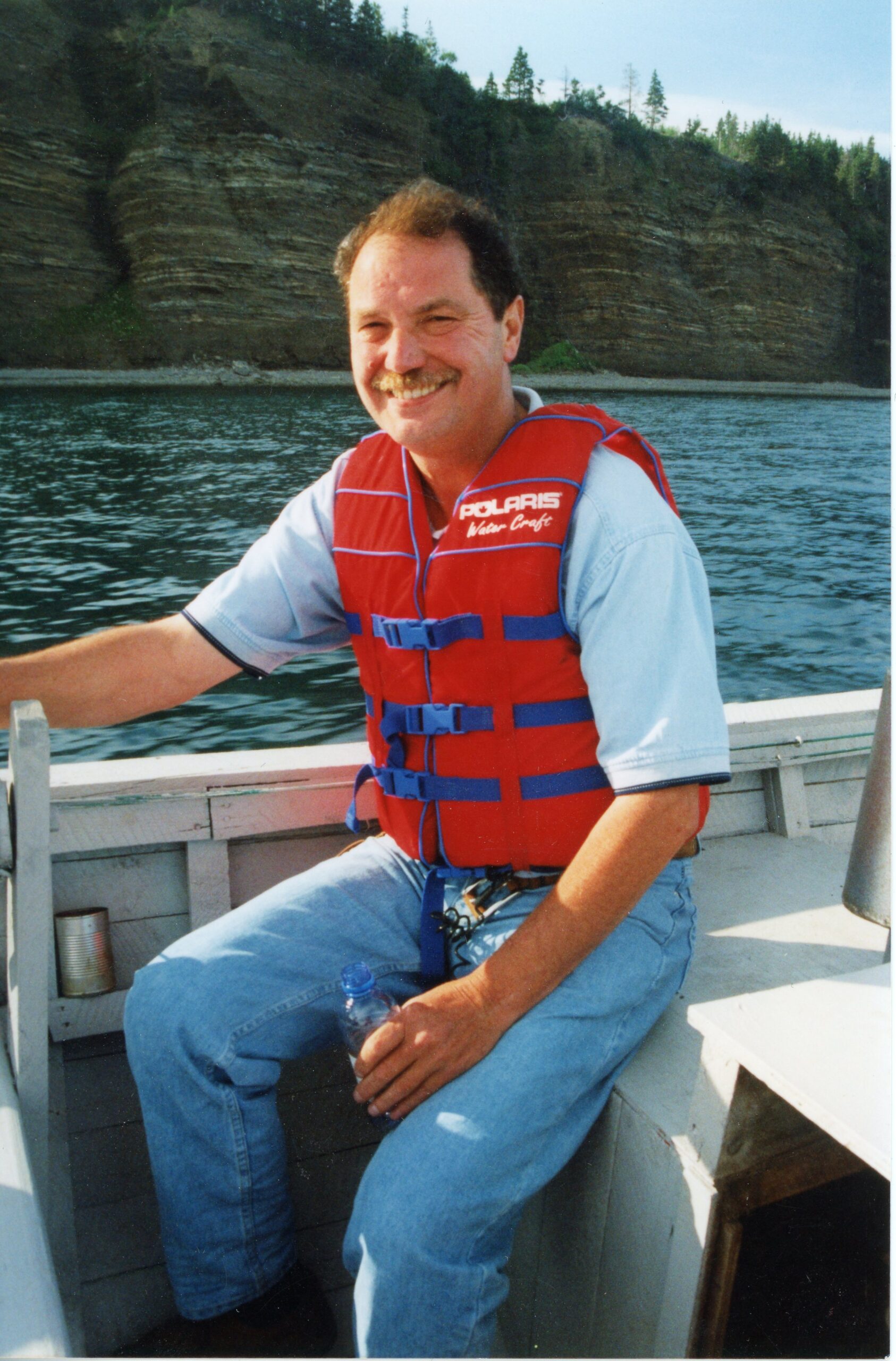There was no way three strangers could possibly appear from nowhere at the whaling station.
Yet here they were. On May 20, 1916, Ernest Shackleton, Frank Arthur Worsley and Tom Crean, exhausted and freezing, had staggered into isolated Stromness – a whaling station on the northern coast of South Georgia Island in the South Atlantic. In an incredible feat of determination and desperation – a journey so arduous, hearing of it made the Norwegian whalers weep – they had travelled from Elephant Island, more than 1300km away.
The Heroic Age
Shackleton’s Imperial Trans-Atlantic Expedition of 1914-1917 is his most famous journey. The crew of the doomed Endurance faced months trapped in pack ice in the Weddell Sea before the ship was crushed and they were stranded on Elephant Island – an ice-covered, mountainous island off the coast of Antarctica. Shackleton’s rescue mission led him and five men on a perilous 16-day voyage across the icy waters of the Southern Ocean in an open lifeboat, followed by a gruelling trek across the mountains and glaciers of South Georgia’s interior. Shackleton eventually returned to the stranded crew, successfully rescuing all 28 men after nearly two years of survival in extreme conditions. It was an incredible feat of humanity and endurance, cementing Shackleton’s place as one of the premier adventurers of the Heroic Age of Antarctic Exploration.
Shackleton intended to return to the Antarctic, and a new venture financed by British businessman John Quiller Rowett was planned for 1921. The Shackleton-Rowett Expedition had just arrived at South Georgia onboard the new ship, Quest, on January 5, 1922, when Shackleton, in his bunk, had a sudden heart attack and died. He was only 47 years old.
The Quest
After Shackleton’s death, Quest was acquired by a Norwegian company. It was involved in other important expeditions, including the 1930-31 British Arctic Air Route Expedition led by British explorer Gino Watkins. It was used in Arctic rescues and served in the Royal Canadian Navy during the Second World War before resuming work as a sealing ship. Finally, on May 5, 1962, Quest was damaged by ice and sank off the coast of Labrador. It would rest there, lost and unreachable on the ocean floor, waiting to be rediscovered, for more than 60 years.
The Shackleton Quest Expedition
On June 9, 2024, an international team of marine archaeologists, explorers, and scientists, led by the Royal Canadian Geographical Society, discovered the wreck of Quest using sonar equipment operated by experts from Memorial University’s Marine Institute. The discovery coincided with the 150th anniversary of Shackleton’s birth.
“It’s been an exciting time, my goodness,” Rosemary Thompson, Vice President of Communications and Marketing, says over the phone from the Royal Canadian Geographical Society (RCGS) office in Ottawa, as she details the discovery and the six-year process of organizing the expedition.
“The CEO of the Royal Canadian Geographical Society [John Geiger], reached out to Dr. Paul Brett at Memorial University’s Marine Institute to say ‘Wouldn’t it be interesting if we could find this?’ And Paul was very supportive and that’s how it got started. So Memorial was very much one of the most important partners in getting this thing together,” she explains.
Quest sank in the water off of Mi’Kmaq, Innu and Inuit territories, so the RCGS also partnered with the Miawpukek First Nation and their shipping company, Miawpukek Horizon.
“We worked with Chief Mi’sel Joe and they were very much part of the planning process to get things going. Another person who was very important was Meagan Murphy from Leeway Odyssey, she helped so much in the planning phases to get the small ship out there to find the wreck,” Rosemary says.
The expedition, led by the RCGS Chief Executive Officer John Geiger also included Jan Chojecki, grandson of John Quiller Rowett, and Norwegian Tore Topp whose family owned Quest from 1923 to 1962. Before setting out, Search Director David Mearns and the team of researchers led by Antoine Normandin meticulously analysed historic logs, maps, and environmental data, combining it with modern technology to estimate the ship’s location.
After 17 hours of searching, researchers identified a potential match for the wreck located at a depth of 390 meters in the Labrador Sea, near Battle Harbour. They conducted multiple sonar scans from various angles to verify their findings. These repeated passes, four in total, allowed them to capture detailed images of the site and accurately measure the wreck’s dimensions to confirm a match with high confidence, leading them to conclude that the wreck is indeed that of Shackleton’s final vessel.
“It was an amazing, amazing thing,” Rosemary says. “It was not easy, none of it was easy. But they did a lot of research and they did their homework and because of that, once everything got underway, they found it really quite quickly, which is amazing. The research was really, really well done.”
The discovery of the vessel, upright and intact on the seabed, represents the last major part of the puzzle in assembling Shackleton’s physical legacy.
“So now the big question is can they go out again and use ROVs [remotely operated vehicles] to get better imaging. That’s something that’s under discussion right now,” Rosemary says. “We want to protect it. It’s part of our marine history and it’s an important historical and archaeological artefact. So our hope is that we can go back to get really fine imagery. We’d like to have an exhibition and a book and potentially a documentary that would be made so that people can learn more and more about this amazing figure – Ernest Shackleton – and also about this amazing ship because it had a long life in the cold waters off of Canada. These ships can tell us a lot about our own history and how we developed as a country.”
The successful discovery of the Quest stands as a testament to the extraordinary teamwork and dedication of the international expedition team, whose combined skills and determination made this historic find possible. It’s an achievement that celebrates Shackleton’s enduring legacy, deepens our appreciation of polar exploration, and highlights Newfoundland and Labrador as a leader in ocean research.











